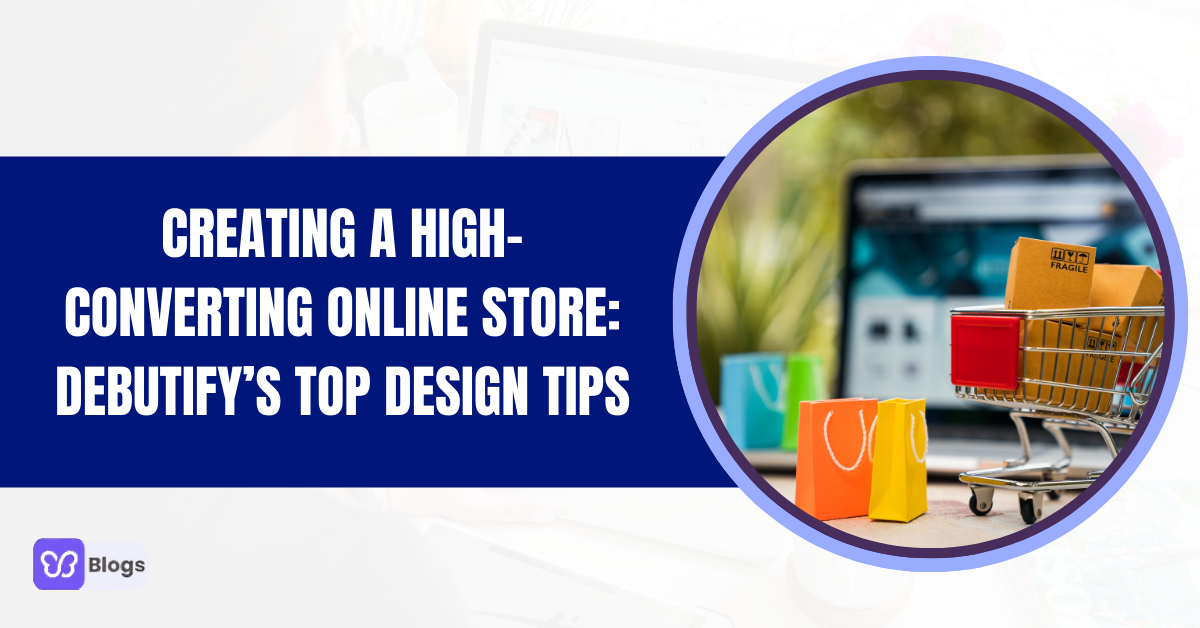As an online seller, your goal is to outperform your competitors and stay ahead of the competition, right?
But as your small business grows, you'll face bigger challenges and obstacles.
Sure, these challenges and obstacles are part of the business expansion process. But that's where you have to set your priorities.
The thing is, when you depend on your online store to earn a living, you can't leave everything to your gut feeling or guesswork. You have to find out which initiatives you should execute first, identify opportunities, and know what specific challenges you must sort out right away to remain competitive!
Fortunately, there are several statistical tools available online. For example, as your business grows before your eyes, there are tools like PIM Sytems to help you manage your product information. There are also lots of tools you can use to evaluate your current market standing, competitor strengths, and weaknesses.
A competitor SWOT analysis is a popular technique that helps new and seasoned sellers determine and define their strengths, weaknesses, opportunities, and threats.
While SWOT analysis is imperative for every business, whether established or new, startups specifically have to pay attention to this factor to make a huge impact on the success of their new business venture.
In this article, we will walk you through the basics of SWOT analysis and its benefits. We will also highlight five steps to learning how to do a SWOT analysis for a new business.
If you're just starting out and unsure which theme to choose for your Shopify store, you have come to the right place. Debutify is a feature-rich Shopify theme designed to drive conversions.
What Is SWOT Analysis?
By definition, a SWOT analysis is a strategic technique that ecommerce owners can use to plan their future business operations based on strengths, weaknesses, opportunities, and threats.
Using this approach, you can identify areas in your own business that can improve and determine factors that reduce your chances of growth and success.
SWOT analysis is an effective tool used by many ecommerce business owners these days to understand the market they're operating in.
It also helps with market positioning and the sales and marketing campaigns you're about to launch.
In a nutshell, you can use the SWOT framework for anything that demands strategic planning.
Competitor SWOT Analysis For Ecommerce - Basics
The purpose of conducting a competitor SWOT analysis for a new business is to improve your strengths and work on your weaknesses. With the SWOT framework, you will learn to benefit from different opportunities and mitigate external and internal threats.
Considering the fast and developing nature of ecommerce, you should at least perform this analysis once a year to keep track of your competitor's strengths and weaknesses.
Conducting a SWOT analysis is a time-consuming process. While you can do it yourself, it is better to hire an analyst if you want to achieve accurate results.
Consider your customer's input and data collected from other market research and competitor analysis as a source of information you can use in the SWOT process to gain better results.
At its core, the SWOT technique believes that all the factors (internal or external) that impact an online business's success and growth can be divided into four categories: competitor strengths, weaknesses, opportunities, and threats.
Usually, these factors are represented in the form of a SWOT chart, which is a matrix consisting of four quadrants.
Of these, strengths and weaknesses are internal factors, while opportunities and specific threats represent external factors.
Internal Factors Include:
- Brand image
- Financial resources
- Brand awareness
- Market share
- Operational capacity and efficiency
External Factors Include:
- External factors include:
- Competitors
- Suppliers
- Customers
- Economic environment
Strengths
Every ecommerce business has a unique selling point - a factor that differentiates your brand from the rest of the others. Think about all those factors that are in your favor.
For instance, if you have a wide selection of products and you offer free or cheap shipping to your customers that none of your competitors are offering, you can consider these factors as your strengths.
Similarly, if you're conducting a competitor SWOT analysis to measure the viability of your social media strategy, you can figure out things that make your brand stand out in the crowd. Again, it could be anything, a unique brand message, excellent communication, or innovative products and services.
Weaknesses
No matter how hard you try, every business has to confront challenges and weaknesses at some point.
What differentiates weaknesses from threats is you can control and improve them over time.
Carefully monitor your competitor's strategies and identify the benefits they're offering to your ideal customers. Remember, your competitor's strengths can be your weaknesses.
For example, if they offer low shipping costs and a flexible return and refund policy, that could be a weakness for you if your shipping costs are high or if you do not have a clear return and refund policy for your business.
Similarly, if your competitor's website is well-equipped with advanced security features, you can consider investing in the same or better options to ensure your visitors and customers love and enjoy the best user experience on your site.
In order to find out your weaknesses, the first step is to consider those business areas that are least profitable. Take feedback from your employees and work on those areas they believe require improvement.
Opportunities
The competition in the digital space is already massive. That means if you want remarkable success...
You have to dream big!
Opportunities come in different types.
For instance, if your business is not benefitting from the latest technological advancements, you're missing out on an opportunity to scale your business, lower your costs, and generate more profits.
If you run a clothing store online, collaborating with famous influencers in your area of expertise will help you drive more traffic and conversions.
Similarly, you can improve your profit margins and widen your potential markets and explore new markets by using different usability and productivity tools available online.
Threats
As an online seller, it is your responsibility to keep an eye out for broader industry shifts and transformations - specifically those that affect the growth of your business.
Let's take the example of Brexit here. UK-based sellers could ship products from around the world before that Brexit thing happened. But they have to review and revise their contractual agreements with European suppliers as it was not that easy to deliver products after post-Brexit regulations.
Look, starting an online business in 2021 is not a big deal. Honestly, anyone with minimum startup capital can launch a business online. But the real challenge for new sellers emerges when they have to face external threats and challenges.
Why Do A SWOT Analysis?
SWOT analysis is a simple yet effective tool for analyzing your company's strengths and weaknesses. Also, it helps you benefit from emerging opportunities and identify threats that could possibly harm your business's growth and success.
Some other benefits of conducting a SWOT analysis for new business include:
It gives you an opportunity to plan and perform
SWOT analysis should be an integral part of every online business's strategic plan. Why? Because it provides you with a space to dream and execute your plans.
It helps you create a definitive road map for your e-business
The SWOT analysis for a new business acts as a road map that helps you remove roadblocks and hurdles and reach your goals with greater efficiency and swiftness.
It helps you keep track of your successes, failures, and threats
As your business grows and expands, you can use your SWOT records to track your weaknesses and threats.
You can compare your current achievements or failures with your past gains and losses to see where your business stands at the moment.
How To Do The Competitor SWOT Analysis For Your Online Store
Follow these 5 steps to conduct a SWOT analysis for a new business.
Step 1 - Collect Quantitative Data
Quantitative or objective data forms the basis for every analysis. This includes your website traffic, conversion ratio, customer average order value (AOV), and other sales data and statistics.
Before doing a SWOT analysis for a new business, make sure you have this data handy:
- Find out the total number of unique visitors or page views you get per month.
- Track conversion data for your entire store, including individual products and different categories.
- Evaluate your NPS and percentage of repeat customers.
- Track your social media statistics, including the total number of followers, likes, shares, and more.
- Collect data for shipping costs/delays/average delivery time.
Step 2 - Collect Qualitative Data
The next step is to gather qualitative/subjective data for your business. This includes:
- Collect data through interviews and surveys. Ask your customers what they do or do not like in your products.
- Interview your staff and managers to determine what they like about your business.
Step 3 - Conduct Competitor Analysis
You cannot overcome external threats unless you know well about your competitors.
For this, you must conduct a detailed competitor analysis to know more about your rival's strengths and weaknesses.
Create a list of your major competitors and start gathering data related to:
- Their product range - how many products do they offer? What products they have discontinued or planning to launch in the future?
- Their product pricing
- Are they running any promotions or offering discounts?
- Find out the top keywords they are targeting, total backlinks, DA, and more
- Carefully examine their social media strategy - What channels they're targeting? How often do they post?
- What is their average ad spend?
- What payment methods do they use?
Step 4 - Analyze Market Trends
After conducting a competitor analysis, the next thing you may want to do is analyze the recent market trends. Doing so will help you find out the current demand for your products.
While doing market research, make sure you pay attention to these factors:
- Current and future demand for your products.
- Are there any market trends that can increase demand for your products? It's also critical to analyze trends that can reduce demand for your current products.
- Legal restrictions or regulations that could affect your selling process.
Step 5 - Conduct a SWOT Analysis
You must have sufficient data to conduct a SWOT analysis for a new business. Create a four-quadrant SWOT matrix (you can also download a pre-built template online) and start listing down the data you have gathered following the above steps.
How To Act Upon Your SWOT Analysis?
SWOT analysis for a new business revolves around paring down the internal and external factors that will affect your business plan. After conducting a SWOT analysis, the next step is creating a follow-up plan to improve your strengths, overcome weaknesses, explore opportunities, and mitigate threats.
Identify And Prioritize Strategic Alternatives
The first step to creating a follow-up plan is to find strategic alternatives to factors you have listed down in different quadrants.
For instance, you can pair one of your strengths with any other factor listed in the opportunities quadrant.
After collecting enough strategic alternatives, you can now narrow down your list by prioritizing these alternatives based on your needs, goals, and overall business objectives.
Contextualize Your Plan
It's time to contextualize your plan by balancing your priorities and creating an action plan that can grow as your business grows.
Conclusion
SWOT analysis is a powerful tool that enables new and experienced sellers to critique their strategies and to move forward with a better plan.
While many ecommerce business owners skip this step, believing it is too technical, a well-performed SWOT analysis can drive noticeable conversions and traffic when done right.
But just like any other ecommerce data analytics tool, SWOT analysis is also an ongoing process. That means you have to conduct it periodically if you want to witness real-time results.
Have you ever conducted a SWOT analysis for your new business? Is there any advice you want to share with fellow sellers? Drop your feedback below. We'd love to hear from you.



